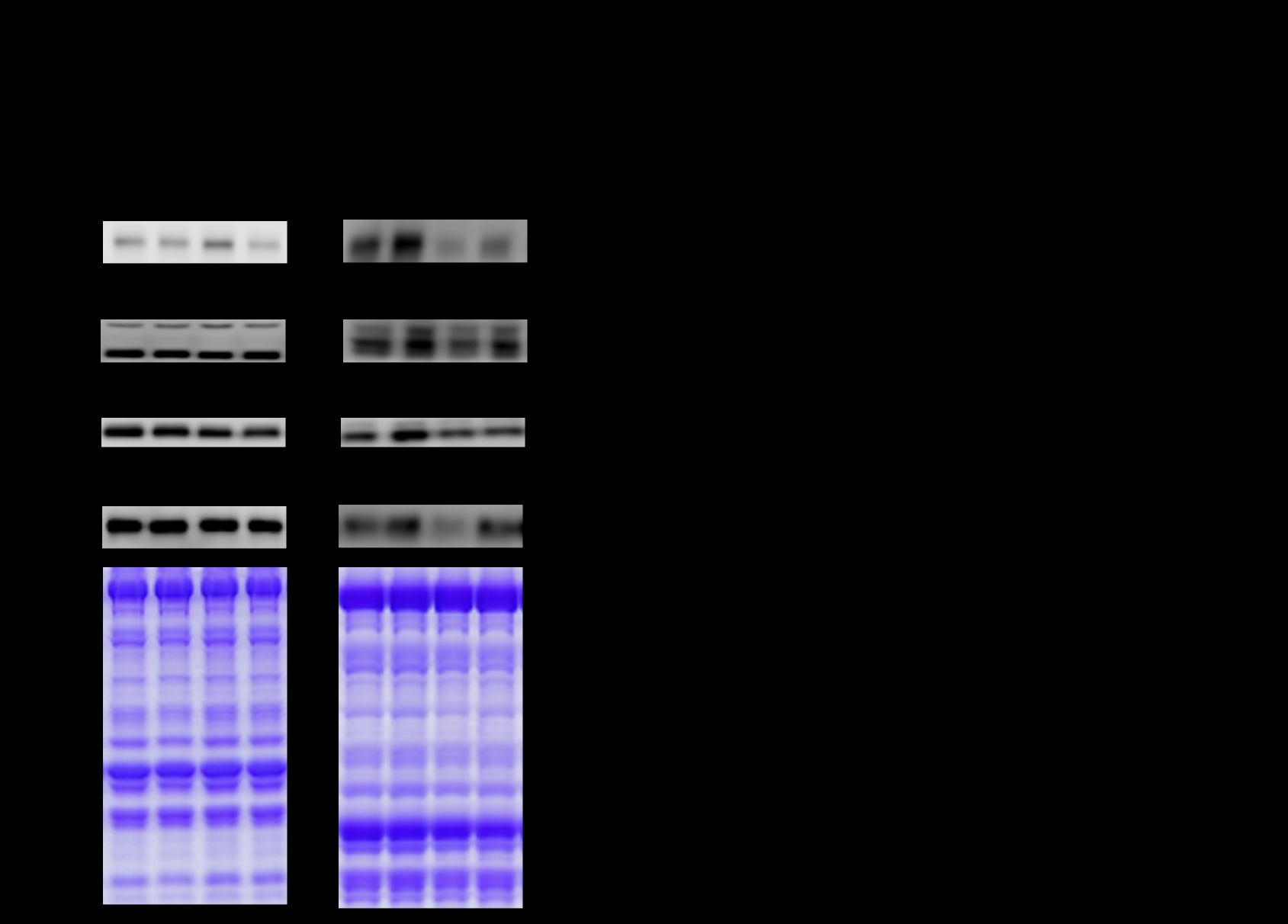Kazuki Uemichic, Riku Tanimura1, Takanaga Shirai2, Tohru Takemasa1 1Graduate School of comprehensive human science, Tsukuba University. 2Japan society for the promotion of science Introduction Resistance exercise (RE) induces skeletal muscle hypertrophy mainly by stimulating a muscle protein synthesis pathway called mammalian/mechanistic target of rapamycin complex 1 (mTORC1) signaling. On the other hand, mitochondrial dynamics, which involves mitochondrial fusion and fission, is an important mechanism for maintaining healthy skeletal muscle quality. It has been reported that RE not only increases skeletal muscle mass through mTORC1, but also activates mitochondrial dynamics (Lee et al., 2018; Mesquita et al., 2020). However, the participation of mTORC1 in the quality control through mitochondrial dynamics has not been clarified. In our previous study, we suggested that mTORC1 may participate in promoting mitochondrial fusion during skeletal muscle hypertrophy using synergist ablation model (Uemichi et al, 2021). However, the effect of mTORC1 on mitochondrial dynamics during acute or chronic muscle contraction-induced RE is unclear. Methods All experimental procedures performed in this study were approved by the Institutional Animal Experiment Committee of the University of Tsukuba (20-407). Male ICR (Institute of Cancer Research) 8-week-old mice were divided into two groups: vehicle-treated control mouse (Vehicle, n=5-8), Rapamycin-treated mouse (RAPA, n=6-8). mTORC1 inhibitor, rapamycin (2.5mg/kg) or vehicle control (equal volume of 0.5%DMSO) was injected intraperitoneally 1h before muscle contraction. Under anesthesia with isoflurane inhalation, the right gastrocnemius muscle was contracted isometrically using percutaneous electrical stimulation, as described previously (Ogasawara et al., 2020). The left gastrocnemius muscle was served as a control. In the acute RE groups, muscle samples were obtained 1h after RE. In the chronic RE groups, mice were exercised every other day for four weeks (12 exercise sessions in total) and muscle samples were obtained 48h after the last session. Western blotting was performed to analyze protein expression levels. Data were shown as means ± SEM. We performed two-way ANOVA followed by Bonferroni’s post hoc test. The significance level was set up to p<0.05 for all cases. Results We measured expression levels of mitochondrial dynamics-related signaling molecules and found no main effect of RE or Rapamycin injection in the acute RE group. On the other hand, the main effect of RE was confirmed at the expression levels of Optic atrophy 1 (OPA1), which is involved in mitochondrial fusion, and Dynamin related protein 1 (DRP1) and Mitochondrial fission protein 1 (FIS1), which are involved in mitochondrial fission in the chronic RE group. However, we found no main effect of rapamycin injection. Conclusion Chronic resistance exercise increases mitochondrial dynamics-related signaling expression in mTORC1-independent manner.
Physiology 2021 (2021) Proc Physiol Soc 48, PC097
Poster Communications: Effects of mechanistic/mammalian target of rapamycin complex 1 inhibition on mitochondrial dynamics-related signaling induced by acute or chronic resistance exercise in mouse skeletal muscle
Kazuki Uemichi1, Riku tanimura1, Takanaga Shirai2, Tohru Takemasa1
1 Tsukuba university, Tsukuba/Ibaraki, Japan 2 Japan society for the promotion of science, Tokyo/Japan, Japan
View other abstracts by:
Where applicable, experiments conform with Society ethical requirements.

